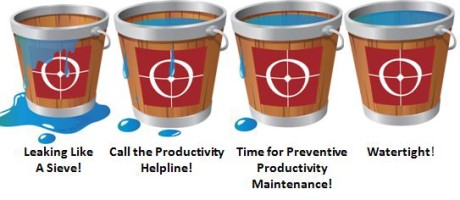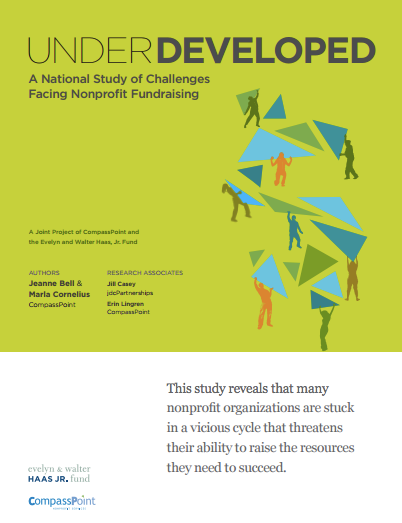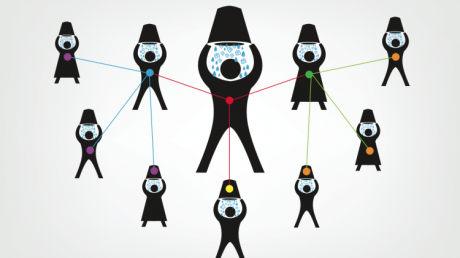The Seven Deadly Sins of Grant Writing

- Lust
In one of the many great songs by Sting there’s a line that goes, “And though my kingdom turns to sand and falls into the sea, I’m mad about you, I’m mad about you.” This is how some fundraisers feel about grants. You know who you are. You want them. You need them. You must have them, even at the cost of the entire kingdom.
Maybe you covet grants so much because they’re so rare, making up only 10-15% of all charitable giving. It’s true that grants are attractive and desirable and worthy of your attention, but let’s not get crazy. Give grant seeking the effort that it’s due, but don’t make it the end-all, be-all in your development plan.
- Gluttony
Keeping with the theme of perspective and realistic expectations, don’t ask for more funding than you can handle. A $500,000 organization shouldn’t ask for a $250,000 grant from a foundation with an average gift size of $50,000. A startup with a zero budget probably shouldn’t be asking for funding to launch satellite offices in five cities. As is the case in many other types of sales, an over-ask in a funding request is a surefire way of getting your proposal in the “no” pile.
- Greed
Put the fork down and step away from the buffet platter. You’re not going to be able to eat it all, and even if you could, it would just kill you. No matter what, you will probably waste a whole lot of it. I mean, look at what’s on your plate already!
There’s no need to go after every single funding opportunity that you come across. Find the ones that are the best match for your organization and create a grants pipeline that is productive based on your capacity. (In other words, don’t overwork your poor, bedraggled grant writer!)
- Sloth
It’s obvious to a proposal reader when the copy has been pulled from elsewhere. So don’t be lazy. If you’re going to take the time to submit the proposal, make it your best work. Do less cutting-and-pasting and more personalized writing. Take the time to think about the questions before you answer them. And don’t procrastinate until the deadline is looming, when you’re bound to do your sloppiest work.
- Wrath
Don’t hold a grudge against funders who decline you. They’re not going anywhere, and neither are you. You’re going to have to go back to them and chances are, in your travels you may even have an opportunity to meet a program officer or director. You don’t want your negative feelings to reflexively show themselves at a cocktail party.
Also, don’t kill the messenger. Oftentimes, it’s not the grant writer’s fault that the proposal was declined. Don’t be so quick to put your development officer’s head in the guillotine.
- Envy
Never talk poorly of the grantees of an organization that you’re approaching for funding. It’s not becoming, and it creates the kind of negative jus that can hinder your ability to build strong relationships. Don’t hate!
Instead, try to figure out what the funded organization has that yours doesn’t. By ignoring the green-eyed monster and gathering intelligence instead, you may gain information that could result in you closing the competitive gap.
- Pride
There’s a thin line between confidence and pride. Thin, but clear – mainly, confidence is based on evidence, and pride is based on ego. Don’t let ego cloud your organization’s case for support.
Avoid hyperbole in your proposals, and eliminate the use of superlatives that aren’t quantified (“We are the absolute best dance company in the universe!”). Being too boastful is more likely to elicit skepticism than approval. If you’re really the best at what you do, then let the data, track record and testimonials do the talking for you.








